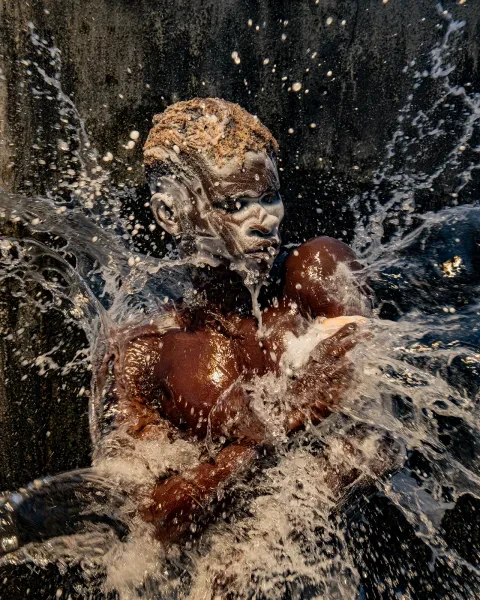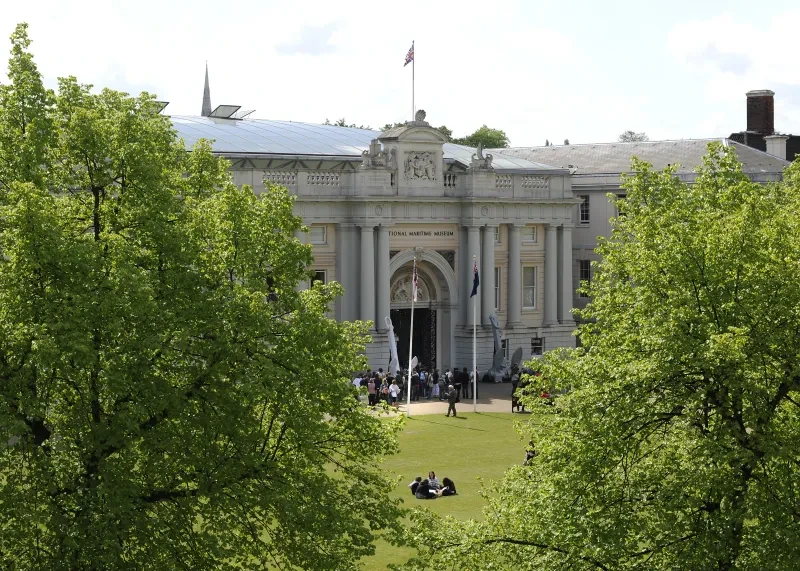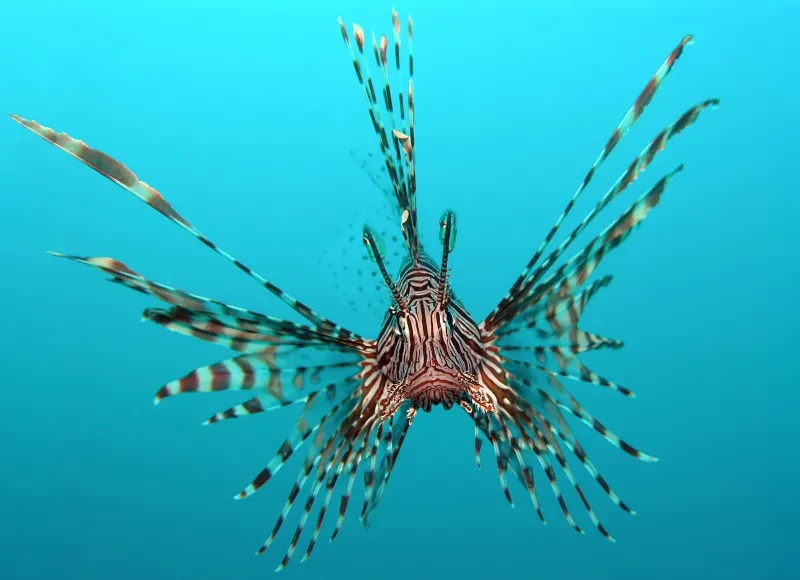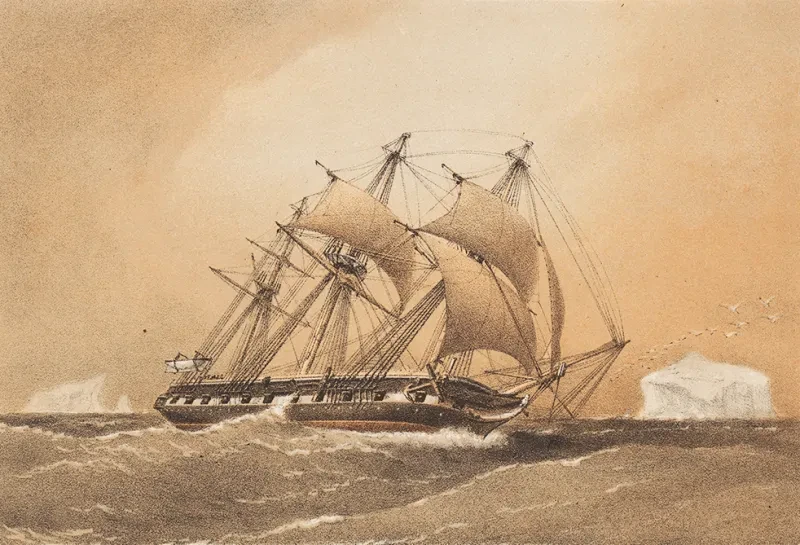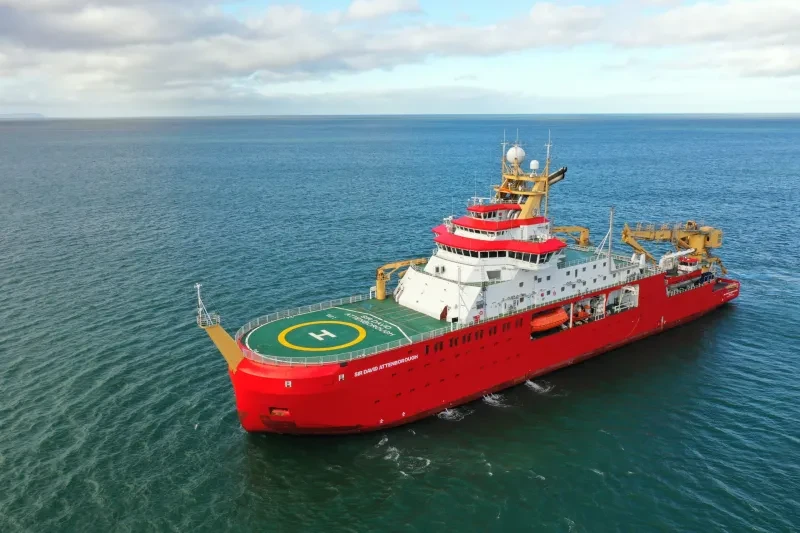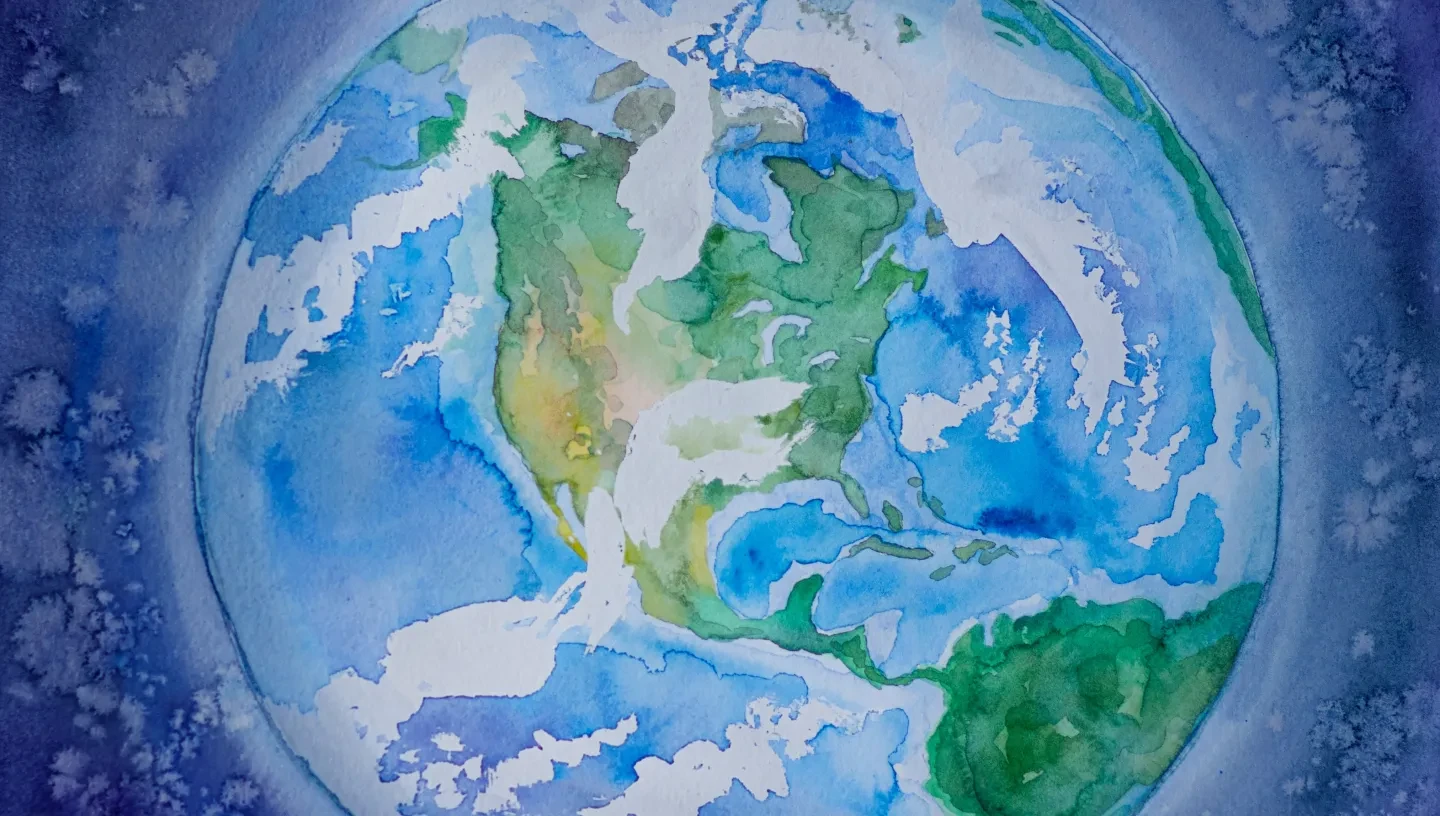
- 30x30 is a campaign to protect 30 per cent of the world’s oceans by 2030.
- Marine scientists and conservation charities argue that by creating a global network of marine protected areas, we can safeguard the health of the world’s oceans and help to combat the effects of climate change.
- The ocean covers 70% of the world’s surface. However, less than 3% of it lies within a highly protected zone.
- The new UN High Seas Treaty provides a legal framework for establishing Marine Protected Areas in international waters.
- It has been called a ‘breakthrough’ for international conservation efforts, but campaigners warn that there is still more to be done in order to reach the 30x30 target.
Keep reading and learn more with the National Maritime Museum.
What are Marine Protected Areas?
Just like areas on land are protected as national parks or conservation areas, marine protected areas are spaces designed to preserve specific animals, plants or natural habitats.
Inside a marine protected area there are often limits on certain human activities, from underwater drilling to fishing and diving.
These limits are designed to preserve the health and biodiversity of the area, counteract problems such as overfishing and habitat destruction, or to protect a historically important site.
There are many ways of establishing these limits, from laws and regulations through to voluntary agreements and codes of conduct.
Marine protected areas aren't just found in the sea or open ocean: coastal regions and habitats like mangrove forests, reefs and saltmarshes can all be protected. The Great Barrier Reef for example is one of the largest marine protected areas in the world.
Why are marine protected areas important?
Marine protected areas are seen by many as essential in order to protect marine habitats and the life they support.
By creating sanctuaries for species to grow and reproduce, they can help to restore healthy marine populations, both inside and beyond the protected areas themselves.
Scientists also claim that marine protected areas can help to combat the effects of global climate change.
A March 2021 study published in Nature found that bottom trawling – a widespread fishing practice – releases as much carbon dioxide every year as the entire aviation industry.
Fish such as sole, plaice and cod as well as crab and scallop are all caught using bottom trawling. The practice involves dragging weighted nets across the sea floor; it is controversial because the nets can also sweep up juvenile fish and many other ocean species.
The report in Nature highlighted the release of carbon dioxide as another cause for concern: bottom trawling stirs up the sea floor, releasing the carbon trapped in the sediment into the water, increasing ocean acidification and affecting biodiversity.
Marine protected areas could place limits on these kinds of fishing practices, restoring the ocean as an effective ‘carbon sink’.
However, the type of protection actually offered by marine protected areas varies.
For example, in 2021 the Marine Conservation Society found that bottom trawling continued to take place in 98% of the UK’s offshore marine protected areas.
“Without a ban on this form of fishing, these areas of our seas simply aren’t recovering and we’re missing a crucial opportunity to combat climate change and ensure there are, indeed, plenty more fish in the sea,” argued Dr Jean-Luc Solandt, Principle Specialist in Marine Protected Areas.
Three new 'Highly Protected Marine Areas (HPMAs)' were created in the UK at the start of 2023, in which activities such as fishing, dredging and construction were banned. Marine Minister Lord Benyon said that these new areas in the Irish Sea, the English Channel and the North Sea would "propel the UK forward in our mission to protect at least 30% of the global ocean by 2030."
However, organisations including The Wildlife Trusts said that these zones were "nothing like enough".
The Marine Management Organisation is holding a series of consultations looking at the future management of fishing in the UK's marine protected areas.
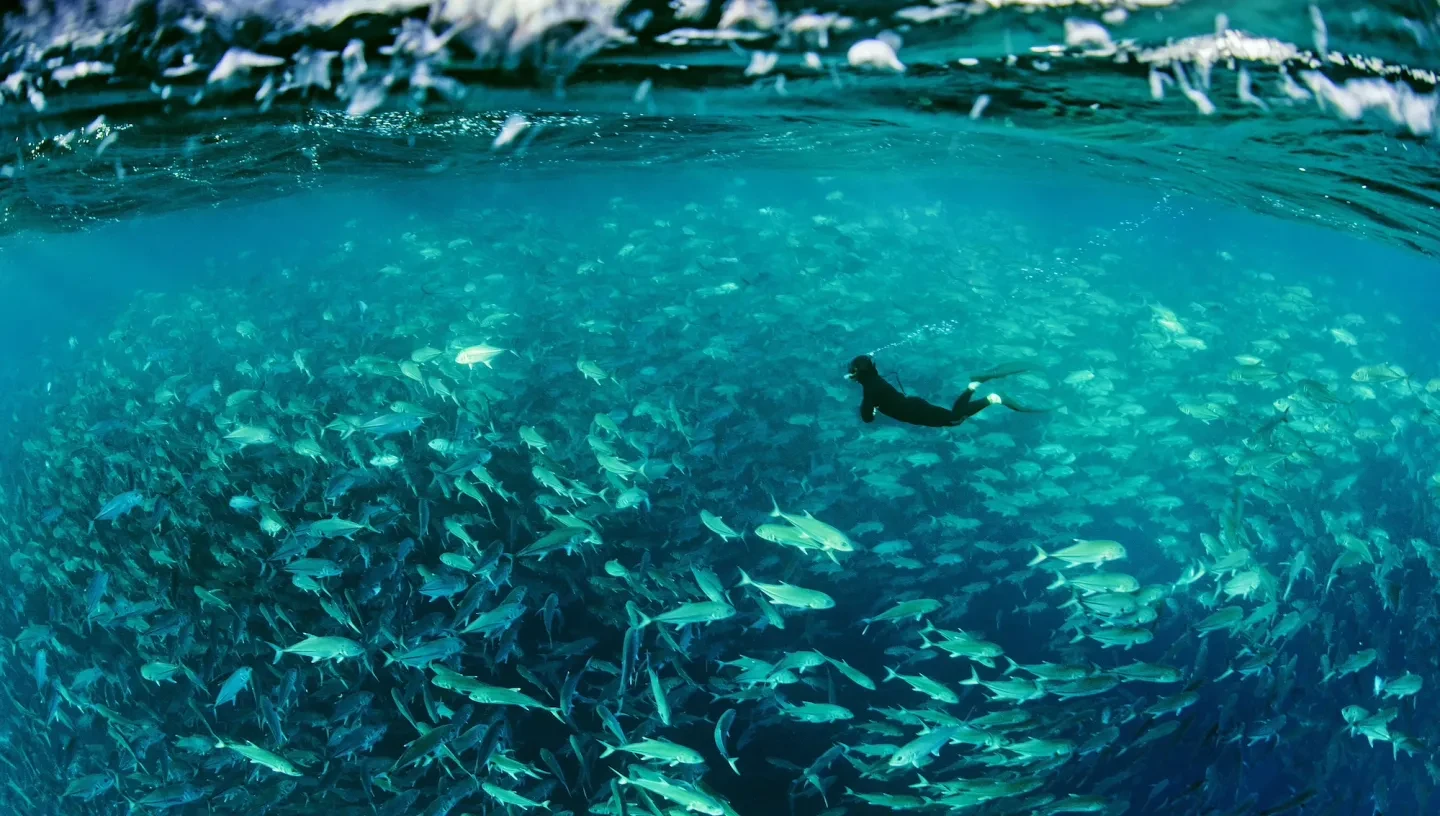
"Healthy oceans should look like this"
In the 1990s, fish catches around the Gulf of California had dwindled, and fishing communities in the area recognised that their livelihoods were under threat. Their solution was to campaign to protect an area of reef around Cabo Pulmo, where fishing would be banned and marine life could recover.
The area was designated a National Marine Park in 1995. Since then, fish biomass has increased by 463%. Populations of whale sharks, manta rays, humpback whales and sea turtles have all increased, while fishermen can still take advantage of the increased fishing opportunities outside of the protected area.
“The marine life has recovered amazingly, and these fish – the bigeye trevally (pictured) – are gathering in schools of thousands of individuals for the purpose of mating and reproduction,” says Octavio Aburto, a marine ecologist and underwater photographer. “Healthy oceans should look like this.”
How much of the ocean is currently protected?
According to the Marine Conservation Institute, 8% of the world’s ocean is covered by some form of marine protection. However, as of May 2023 only 2.9% is covered by what the institute describes as ‘fully or highly protected’ areas.
Explore a map of current marine protected areas
What could 30x30 achieve?
Raising the level of protection around the world could have a dramatic effect on biodiversity, fish populations and carbon dioxide levels, campaigners argue.
The study in Nature identified a global network of areas that, if protected, would safeguard over 80% of the habitats for endangered marine species.
It also estimated that by protecting specific areas from overfishing, catches overall could increase by more than eight million metric tons.
Finally, by limiting practices such as bottom trawling and preserving habitats such as mangroves and saltmarshes, the ocean could continue to operate as an effective carbon ‘sink’.
Who is supporting the campaign?
30x30 is supported by the organisers of World Ocean Day, and is part of the UN’s 17 Sustainable Development Goals for 2030:
Conserve and sustainably use the oceans, seas and marine resources for sustainable development
UN Sustainable Development Goals, No 14
The United Kingdom is a member of the Global Ocean Alliance, a group of 43 nations that have pledged support for the 30x30 target. Explore the map of current protected areas in the UK here.
One of the most significant recent developments is the so-called UN High Seas Treaty, an agreement reached in March 2023 following years of negotiations. If ratified, the landmark treaty could lead to better protection for marine life and more sustainable management of the ocean’s resources.
The agreement will provide a legal framework for establishing Marine Protected Areas in international waters, an area that accounts for around two-thirds of the ocean. Before the UN agreement, there was no framework in place for protecting marine environments outside of national boundaries.
The High Seas Treaty has been called a ‘breakthrough’ for international conservation efforts and the campaign to protect 30% of the ocean by 2030. But there is still work to be done: countries must first legally adopt the agreement and then work together to implement the treaty’s requirements.

Our Ocean, Our Planet
Main image by Elena Mozhvilo via Unsplash

